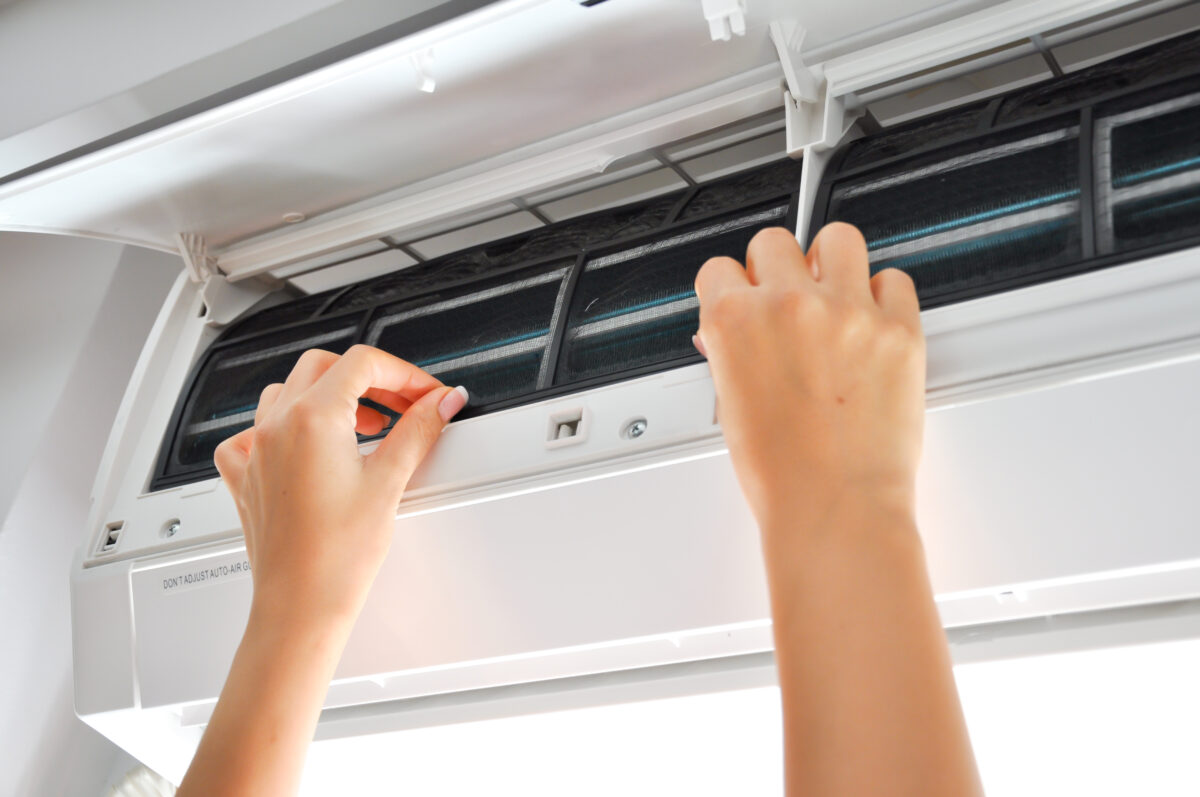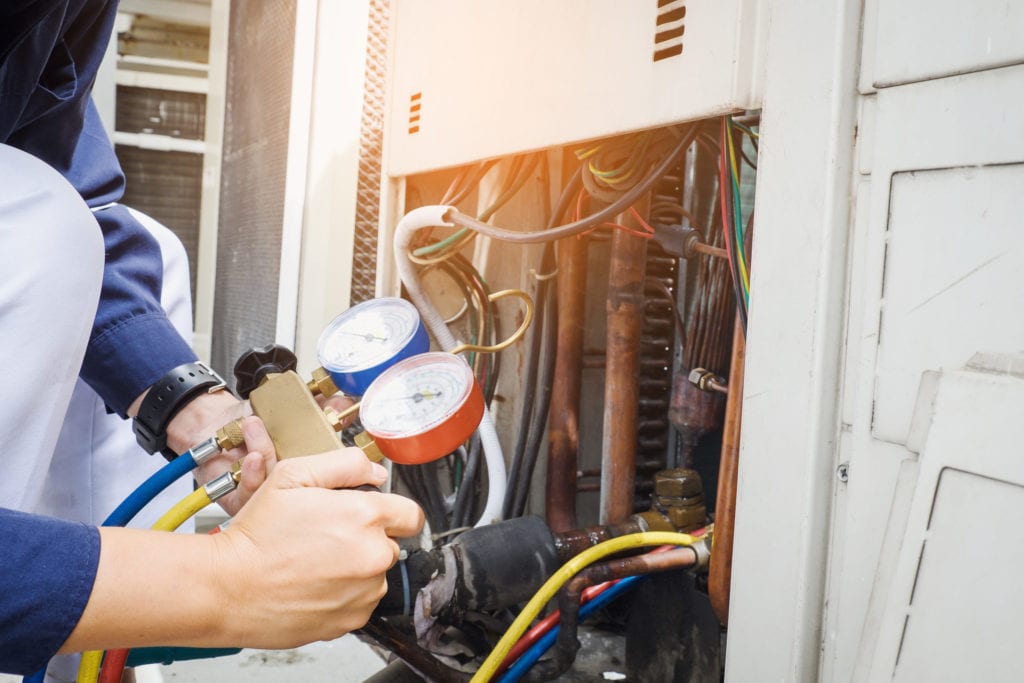How To Heat Your Home While Staying Green
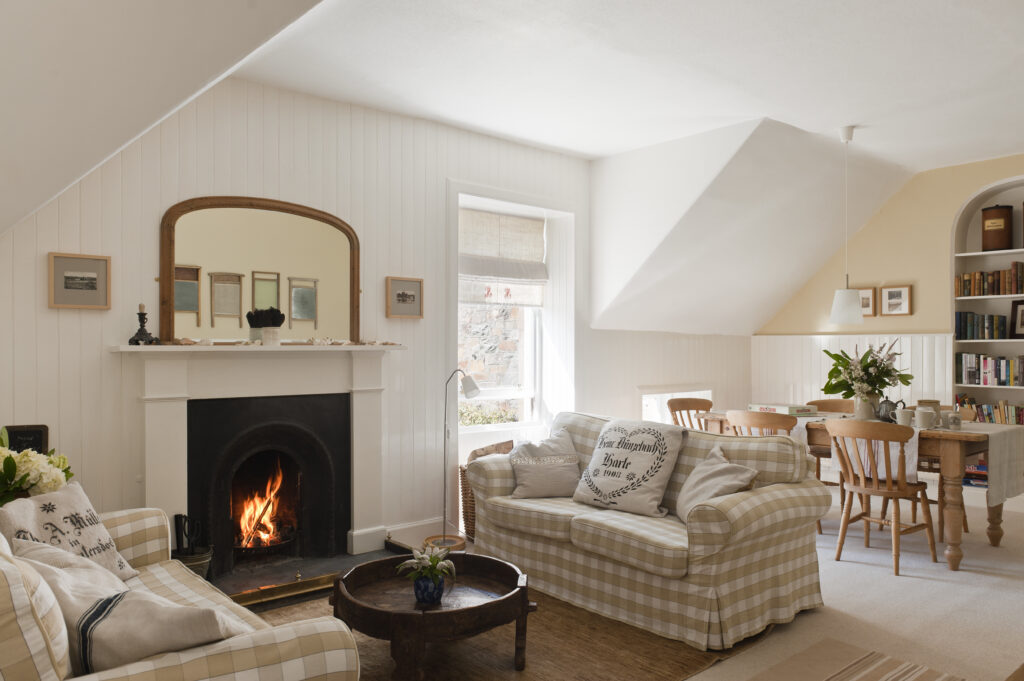

Andreas von Einsiedel/ Getty Images
We hope you like the products we recommend. Just so you are aware, Freshome may collect a share of sales from the links or submissions on this page.
No matter what part of the world you live in, heating costs can be astronomical during the winter or chilly months. Aside from breaking your budget, typical heating solutions are not necessarily good for the environment either.
Traditional heating methods consist of using fossil fuels – coal, oil, and natural gas. Not only are the costs to harvest these fossil fuels high, but so is the damage they cause on the environment.
In fact, using the earth’s fossil fuels as a means of heating has a negative impact in more than one area. This includes global warming, increased risk of oil spills, air pollution, and increased amounts of acid rain, all of which are detrimental to the environment.
Fortunately, there are green, or environmentally friendly solutions for heating your home during the chilly times of year.
Your options consist of geothermal heating, pellet stoves, solar heating, and masonry heaters. Let’s learn more about each type of heating that can help you make the decision on the best way to heat your home while staying green.
Geothermal Heating – An Efficient & Green Solution

FollowTheFlow/ Getty Images
According to Energy Star reports, geothermal heating is the most environmentally friendly and efficient way to heat your home. This does require, however, an upfront investment into a geothermal heating system.
This type of system literally means ‘earth heat’ and uses the constant temperature of the earth to heat your home. A typical heating system uses outside air, wherein the colder the air temperature outside, the more energy is needed to heat up the inside air.
The geothermal heating system is actually installed beneath the earth’s surface where the temperature is higher than the outside air temperature. This means that it takes less energy to get your home up to the temperature you have set on your thermostat.
As was mentioned, a geothermal system is quite pricey. However, these systems are a good investment that typically pay for themselves within 8 years, at the most, and decreases your monthly heating bills. In addition, a geothermal heating system increases the resale value of your home. It should definitely be on your list for ways to heat your home while staying green.
Pellet Stoves – Low Cost Green Heating Option
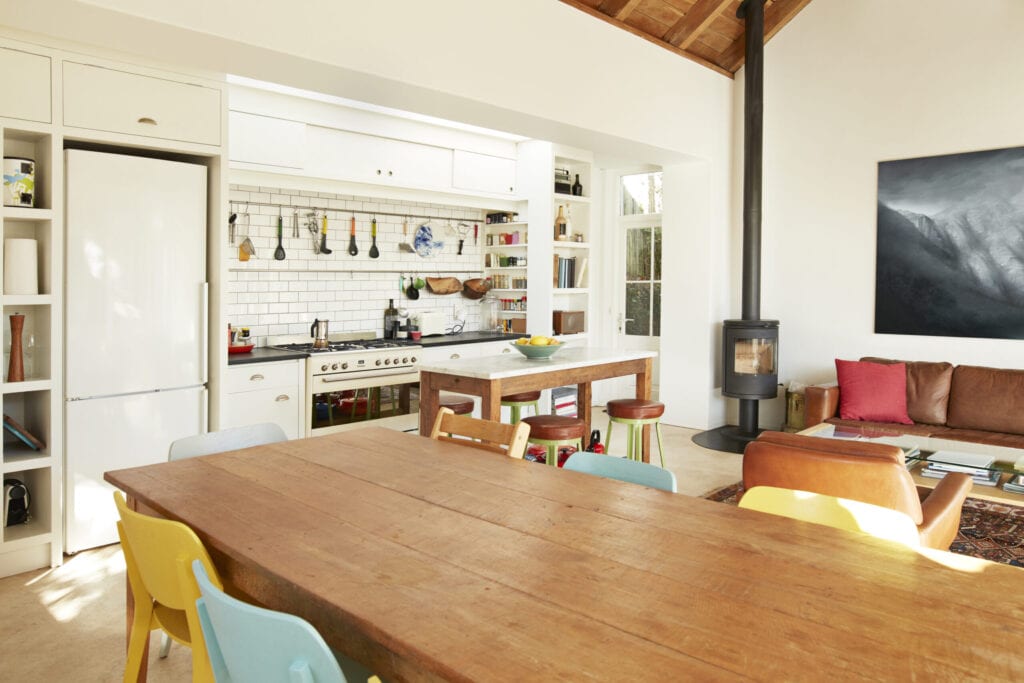
Klaus Vedfelt/ Getty Images
Although similar to a wood stove, pellet stoves use pellets that are made from renewable sources, such as switch grass and waste products, such as sawdust from wood mills.
These products (that would otherwise be tossed away) are turned into small pellets that are quite affordable.
In addition to using renewable or recycled materials that are affordable, the pellet stoves themselves are affordable. Typically, a pellet stove can be purchased for at or less than $2,500. Furthermore, a pellet stove is more environmentally friendly than a wood stove.
The pellets emit very little pollution into the air, as compared to a traditional wood stove. A single pellet stove can heat a home up to 1,500 square feet. If your home has more square footage, you may need to consider purchasing two. While that may seem like an expensive investment, the cost of pellets can be as little as $600 for a season! That’s much less than firewood prices.
In comparison to a traditional wood stove, pellet stoves take up less room, as do the pellets compared to wood. In addition, you can store the pellets in your garage or your basement, and you don’t need to worry about chopping, stacking, storing, or carrying the wood in to the wood stove.
Solar Heating – The Greenest Heating Solution
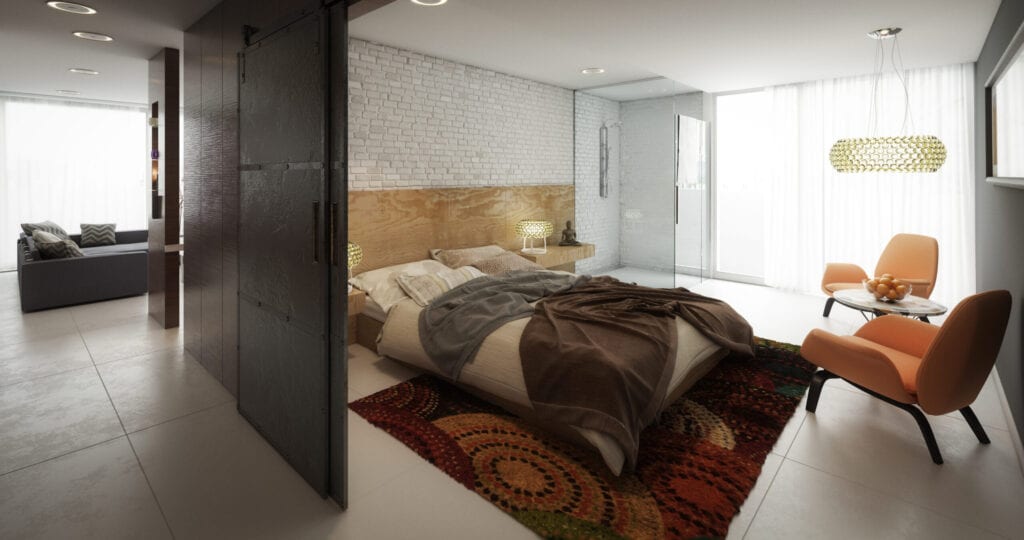
Bulgac/ Getty Images
It is no secret that solar heating is the most energy efficient heating solution for your home. Once you make the initial investment to have solar heating and solar panels installed, you have no additional costs. Essentially, you have the ability to heat your home for free for life.
You do have to make the decision, however, as to which type of solar heating system you want to install. The first type heats liquid in a hydronic collector while the other heats air. In most cases, the decision is based upon what type of heating system you already have.
Essentially, if you have a forced air heating system already installed in your home, you will want to choose the solar air heating system. Likewise, if you have a radiant heating system installed currently, you will want to choose the solar liquid heating system.
This is to reduce the cost of installment of a solar system, as your home already has half of what is needed.
Surprisingly, the cost of a solar heating system is more affordable than you think. The cost of a solar heating system ranges anywhere from $30 per square foot to $80 per square foot. On average, you will need one solar collector for every 400 square feet of your home, each one costing approximately $3,500. But remember, once you spend the initial cash, you will never pay a heating bill again.
Masonry Heater – More Heat Less Energy Usage
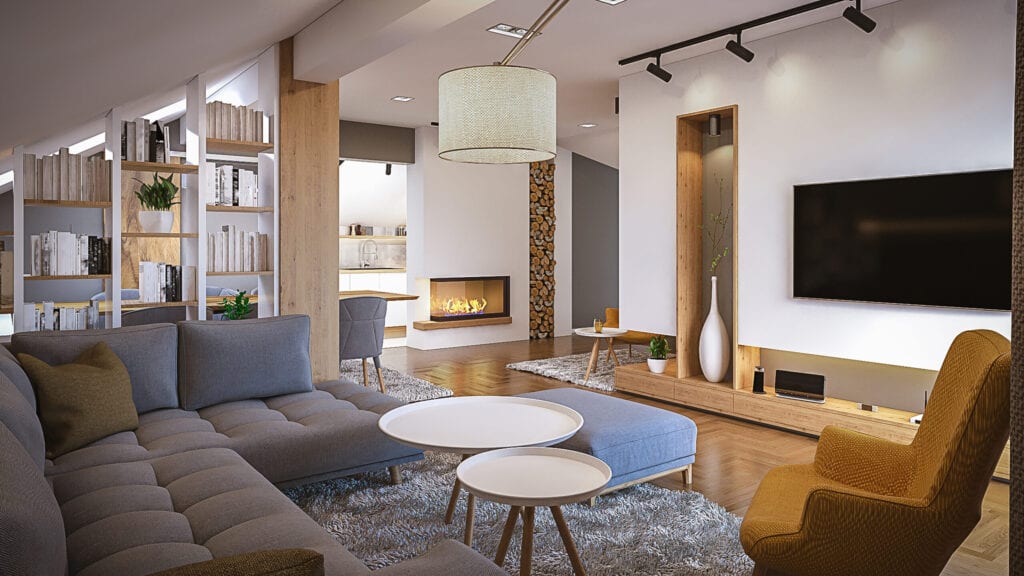
FluxFactory/ Getty images
The final option you have when it comes to choosing a green energy heating solution is a masonry heater. Similar to pellet stoves, the masonry heater is a much smaller compact heating solution that looks more like a traditional fireplace.
However, masonry heaters are slightly different than both a traditional wood fireplace and a pellet stove. A masonry heater actually traps the heat within the bricks of the twisty smoke chambers providing heat for up to 24 hours.
Although masonry heaters burn wood, they produce less pollution than a traditional wood stove, and require less supplies. This is because they burn slower. Because of the slow burn and the trapped heat, masonry heaters produce more heat than other types of stoves and fireplaces.
As with any new type of heating source, you can expect to put out some money to get started. In most areas, masonry heaters range between $2,000 and $5,000. The more expensive units are often customized to meet your personal design preferences or the dimensions of your home. Remember, however, the cost is definitely worth the savings in the long run.
These are four of the most commonly purchased solutions for alternative heating for your home. There are plenty of benefits to opting for a green energy solution for heating. From protecting the earth’s natural resources to saving money, these are amazing options.
Take the time to think about the different types of heating – geothermal, solar, pellet stoves, and masonry heaters – and determine which would be the best solution for your needs. Consider the size of your home, how much money you can invest in start-up, and what system you currently have.
If you are still unsure of what solution is best for you, consult a professional. They can provide you with all the information you need to heat your home while staying green. After all,n’t saving your environment and your wallet worth a little research?

